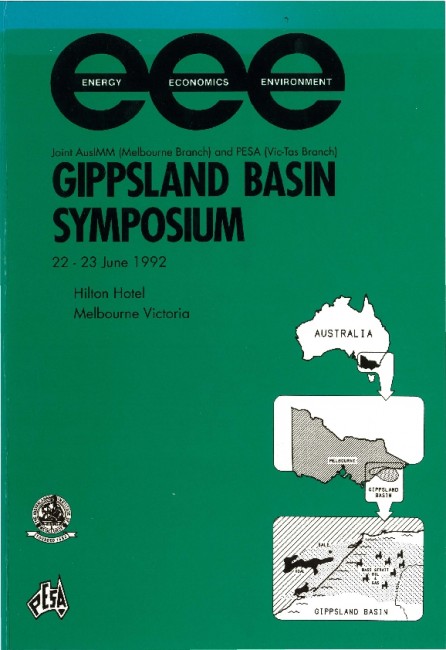Publication Name: Gippsland Basin Symposium, Melbourne, 22 ? 23 June 1992
Authors: T U MAUNG, S J CADMAN
Date Published: December 1992
Number of Pages: 23
Reference Type: Conference Proceedings
Abstract:
The central part of the Gippsland Basin is surrounded by existing majorpetroleum accumulations and although six exploration wells have been
drilled in the area, none are significant petroleum discoveries. Post
drilling analyses indicate that the wells. were drilled off structure due to
the presence of high-velocity Miocene channels. These channels contain
carbonates of significantly higher interval velocity than the surrounding
sediments.
Problems with seismic interpretation were thus encountered in the
development of prospects in the central part of the Gippsland Basin as
part of a BMR prospectivity study. The seismic interpretation problems
associated with the Miocene channels are two-way time pull-ups at the
underlying top of Latrobe Group and deeper levels on the seismic
sections. Interpreted seismic sections passing . through some of the
exploration wells and the Miocene channels are presented to illustrate the
configurations of these channels and the pullup effect associated with
them.
Two different methods of depth conversion were applied, one for the
area below the high velocity channels and the other for the area a way
from the channel. The application of these two methods of depth
conversion were found to be reasonably successful in correcting for the
pull-ups caused by the high velocity Miocene channels. Mapping of the
events near the top of Latrobe Group and near Base Lower L balmei
seismic horizons has led to the identification of several potential
structural closures. Further exploration efforts are necessary in this area to
test these closures.


